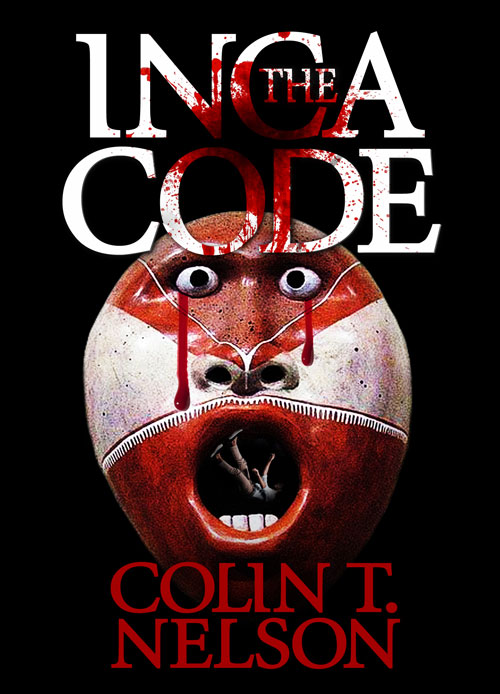Third in a Series
In previous posts, I’ve talked about the vast underground world of international criminals who traffick in many illegal items–including humans. Most are women and children who are sold into prostitution, the sex trade, and slavery for labor. The criminals operate in a world wide web–but not the one you’re familiar with.
They link themselves together for business pusposes, hooking up and dropping links, as they are needed. The criminal networks require a variety of job skills: transportation, logistics, financing, inventory control, labor, knowledge of border penetration points, and knowledge of laxity of law enforcement efforts. The profits from this trade worldwide, run into the billions. So, that makes something obvious: with the potential profits in a fairly low-risk endeavor, wouldn’t these networks attract the best and brightest criminals?
The answer is yes!
Governments around the world know of these networks of course, but what is being done to stop them and their activities?
Unfortunately, many countries lack the resources and will to fight them. Often, the officials in many countries are bribed or even work for the networks. In 2000, the United Nations passed the protocol against “Smuggling of Migrant People by Land/Sea/Air.” It hasn’t been ratified yet because most countries don’t even have laws against smuggling!
In the United States, we defend our borders and work hard to stop the criminals, but we’re hampered by a number of disadvantages that the criminals don’t face. Even our most sophisticated federal agencies, dedicated to sealing our borders and finding the criminals, are modeled on organizational forms that are decades old. For instance, when organized crime ran rampant during Prohibition, the criminals formed themselves into top-down pyramid-shaped groups that mirrored the federal agencies seeking to destroy them. Both criminal and official groups operated slowly, methodically, and efficiently.
Today, the criminal networks are web-like, flexible, morphing into new organizations by the minute, as the needs change. People, money, contraband, and purposes can change rapidly. For instance, criminals used to specialize in one product, drugs, let’s say. The federal agencies could investigate that network with time on their hands and predictable activities by the criminals. Now, the web-like networks may traffick drugs one day and stolen monkeys the next day.
It’s difficult for bureaucracies to keep up with the changes. Most of the federal agencies are the old top-down management in pyramid form. They react slowly to change.
Is it possible to form net-like organizations in the federal agencies? Remember, we’re dealing with power brokers, budgets, Congress, pressure groups, unions, and many other players in order to effect change. As you can imagine, it’s difficult and takes a lot of time. And when we go beyond our borders to third-world countries, the situation is much worse.
At least, in this country, we recognize the necessisity to seal our borders…something that’s really impossible to do. But I think the awareness of the need, gives us some protection. We coordinate between local and federal law enforcement so if a criminal net pops up somewhere, the feds can be alerted quickly.
Still, it remains a challenge that will only increase in effectiveness. We must figure out ways to fight back. Do you have any ideas?






